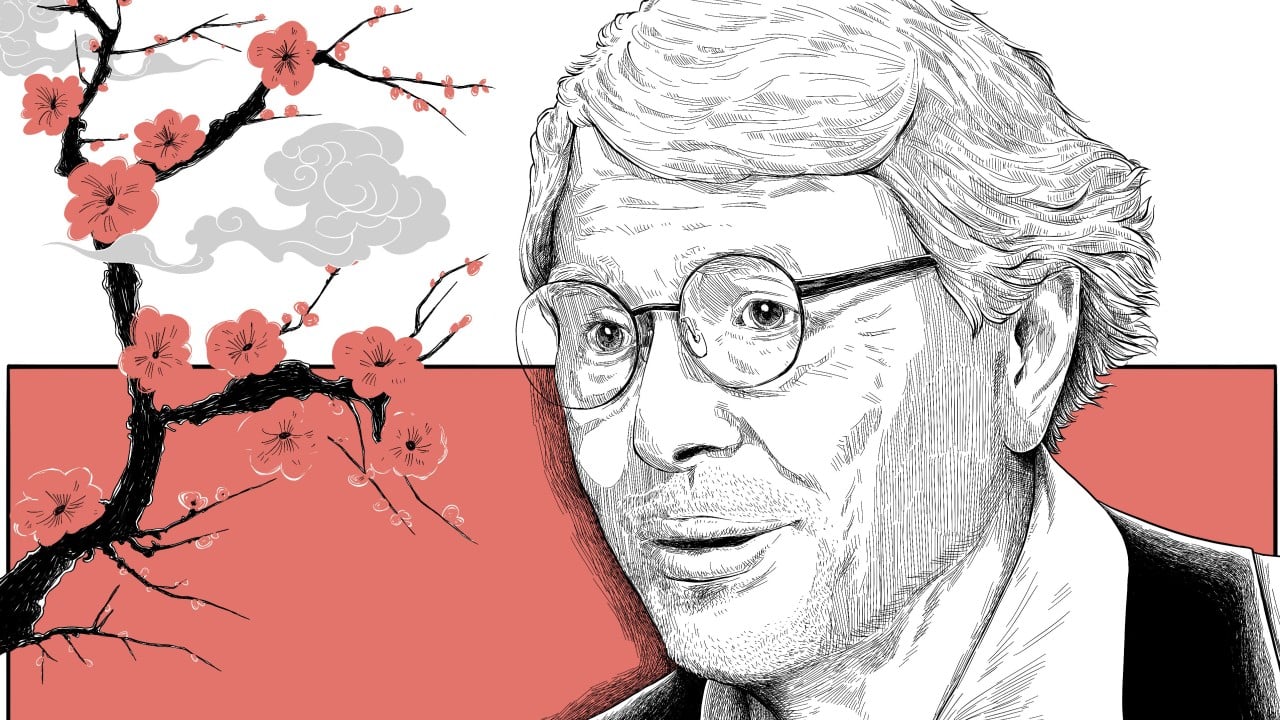Martin Powers, professor emeritus at the University of Michigan, is a renowned art historian and sinologist specialising in the history of social justice in China. He is the author of four books (including two that won the Levenson Prize for best book in premodern Chinese studies) and numerous articles. His recent work, China and England: The Preindustrial Struggle for Justice in Word and Image, explores visual and verbal evidence of the English Enlightenment response to imperial China’s institutions. This interview first appeared in SCMP Plus. For other interviews in the Open Questions series, click here.
Advertisement
Why would you examine Chinese society and government through art? What are the unique strengths of that approach?
Like most in my field, I think of myself as a historian who studies history using texts, but in addition, we make use of visual evidence. When you look at a historical text, you do not always know whether the view expressed was normative. But if we see an image, especially a public one, we can usually assume that the work already had an audience, some community that understood its message. That is valuable for social history.
Let me give you an example. In China after the 12th century, in many different media, we find references to a story about a Han dynasty prime minister who was on tour in the country. He passes through an area where a riot is taking place, but he does not do anything, and explains: “I have no jurisdiction here. This is up to the city and county officials. My job is national policy.” This story shows up on vases, ink pots, pillows and paintings all the way into the 20th century. So, this is a concept that we can see was pretty well understood in China. If we did not have the art, we wouldn’t know that this understanding was so widespread.
To what extent do you believe that political speech can be reflected through the arts?
Advertisement
It’s probably not “reflected”; instead, works of art “participate” in political debate. Art is a medium like newspapers for conveying ideas about society and politics. Any time you have a picture that includes members of two or more different groups, like rich and poor, the artist has to determine how that relationship was understood by his or her audience, so the pictures can tell you a lot about how intergroup relations were imagined.
In aristocracies, one of the most common images of authority is that of a dominant figure standing over a subordinate figure, often with the hand raised in the air about to strike. The subordinate figure is always shown as completely helpless. The victim is entirely at the mercy of the victor’s whim, and that is the point. This situation comes close to what [the French political philosopher Baron] Montesquieu in The Spirit of Laws called “honour”, because honour gives you the privilege to do whatever you wish, on nothing more than a whim. This concept is important in any aristocracy, East or West. It’s not just domination; it’s arbitrary privilege.

